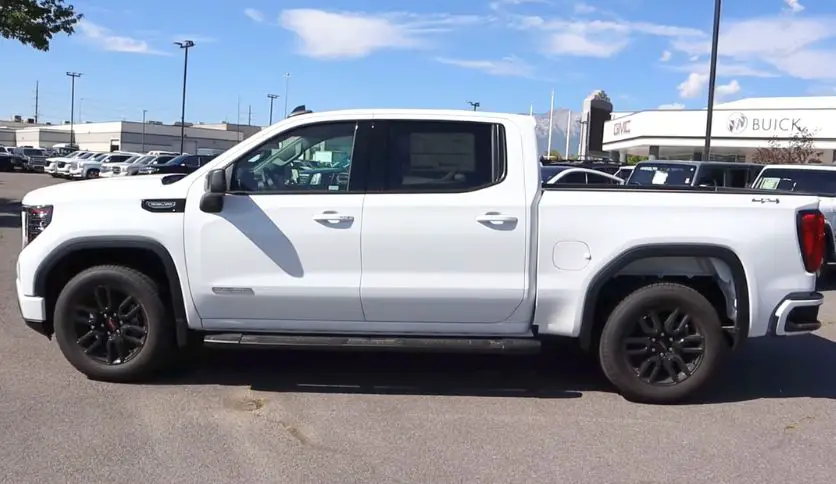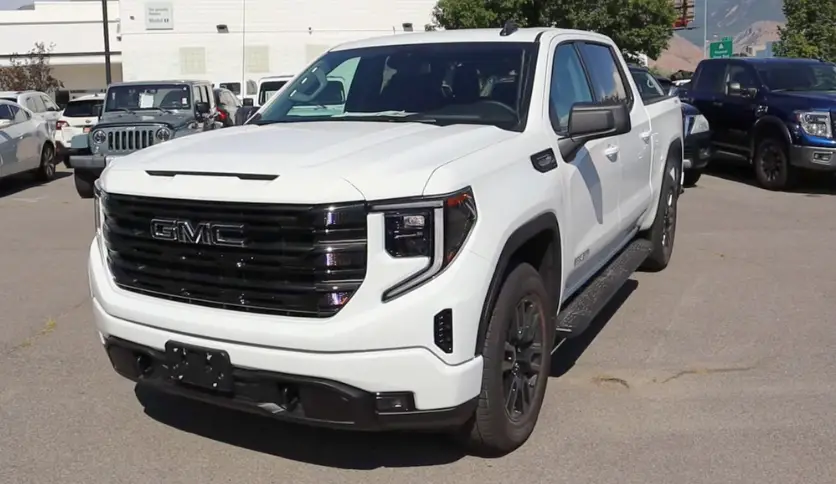Welcome to the world of the GMC Sierra 1500, where power meets precision and durability meets comfort. But even the sturdiest of trucks can’t escape the natural wear and tear that comes with the territory, especially when it comes to the shock absorbers. These components are crucial for a smooth ride, but they don’t last forever. In this deep dive, we’ll explore the ins and outs of your Sierra’s shock system, helping you understand when it’s time for a replacement so you can continue to enjoy a safe and comfortable driving experience.
Contents
Understanding Shocks and Their Role
Shocks, or shock absorbers, are integral to your GMC Sierra 1500’s suspension system. They’re tasked with a heavy responsibility: absorbing the energy from road irregularities that would otherwise be transferred to the vehicle’s cabin. Think of them as the buffers between you and the chaos of the roads. Shocks ensure that your truck’s tires maintain constant contact with the road, providing optimal control and stability. Without a properly functioning set, your truck would handle each bump and dip like a bucking bronco, not the powerful Sierra you know and love.
Signs and Symptoms of Worn Shocks
Recognizing the signs of worn shocks is key to timely maintenance. If you notice a significant amount of fluid leaking from the shocks, it’s a telltale sign they’re failing. Physical damage, such as dents or heavy rust, can also indicate it’s time for a change. On the road, symptoms may include an unusually rough ride, excessive bouncing after bumps, nose-diving when braking, or the rear end squatting during acceleration. If your Sierra feels unstable during wind gusts or changes lanes like a ship in high seas, your shocks may be pleading for retirement.
Mileage and Time Considerations

While GMC may provide general guidelines for shock replacement, the “50,000-mile rule” is more of a starting point than a strict deadline. The actual life expectancy of your shocks can vary greatly depending on your driving habits, the conditions of the roads you frequent, and how much you haul or tow. Regularly pushing your Sierra to the limits on rough terrain or lugging heavy loads will certainly fast-track the need for new shocks.
The Process of Inspecting Shocks
Inspection doesn’t necessarily require a mechanic’s expertise. A simple test is the “bounce test,” where you press down on each corner of the truck and observe how it reacts. If the Sierra bounces back more than once or twice, the shocks may be worn out. However, this method isn’t foolproof. For a definitive diagnosis, a professional inspection is recommended, especially if you’re experiencing any of the driving symptoms mentioned earlier.
Choosing the Right Replacement Shocks
Selecting the Best Shocks for GMC Sierra 1500 is crucial. You can go with Original Equipment Manufacturer (OEM) parts to maintain factory specifications or opt for aftermarket options that might offer performance enhancements or a longer lifespan. Whichever route you choose, compatibility with your Sierra’s model year and your specific driving needs is essential to ensure proper fit and function.
The Replacement Procedure
Replacing shocks is not a DIY job for everyone. It involves safely lifting the vehicle, removing the old shocks, and installing the new ones—all while ensuring that other suspension components are not compromised. Post-installation, a professional alignment check is often necessary to ensure your Sierra drives straight and true. For these reasons, unless you have the skills and tools, this job is best left to a trusted mechanic.
Maintenance Tips to Extend Shock Life
To maximize the lifespan of your new GMC shocks, regular maintenance is key. Keep your tires properly inflated and aligned, and have your suspension checked periodically. Avoiding aggressive driving habits and extreme conditions when possible will also help. Regularly inspect your shocks for signs of wear or damage, and address any issues promptly to prevent further deterioration.
Conclusion
Shocks are the unsung heroes of your GMC Sierra 1500’s suspension system, quietly doing their job to ensure a smooth and controlled driving experience. By understanding their role, recognizing the signs of wear, and knowing when and how to replace them, you can maintain your truck’s performance and extend its lifespan. Keep your shocks in check, and your Sierra will continue to deliver the strength and comfort you rely on, mile after mile.

Hello, this is Wesley Shelton, currently working in a car restoration company for over 5 years. Before that, I was a worker at a small car repair shop. As I was a car freak from a young age and worked as a professional for over half a decade, I think I now know pretty much everything about every car and its parts. To establish my name as a professional and help others by sharing my knowledge, I’ve created this website, which I work on whenever I get free time. I hope you’ve enjoyed my informative blog!


